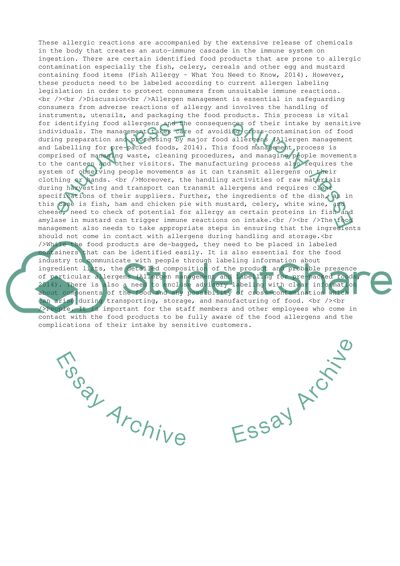Cite this document
(Food Management System in UK Term Paper Example | Topics and Well Written Essays - 1841 words, n.d.)
Food Management System in UK Term Paper Example | Topics and Well Written Essays - 1841 words. Retrieved from https://studentshare.org/management/1660600-food-management-system
Food Management System in UK Term Paper Example | Topics and Well Written Essays - 1841 words. Retrieved from https://studentshare.org/management/1660600-food-management-system
(Food Management System in UK Term Paper Example | Topics and Well Written Essays - 1841 Words)
Food Management System in UK Term Paper Example | Topics and Well Written Essays - 1841 Words. https://studentshare.org/management/1660600-food-management-system.
Food Management System in UK Term Paper Example | Topics and Well Written Essays - 1841 Words. https://studentshare.org/management/1660600-food-management-system.
“Food Management System in UK Term Paper Example | Topics and Well Written Essays - 1841 Words”, n.d. https://studentshare.org/management/1660600-food-management-system.


